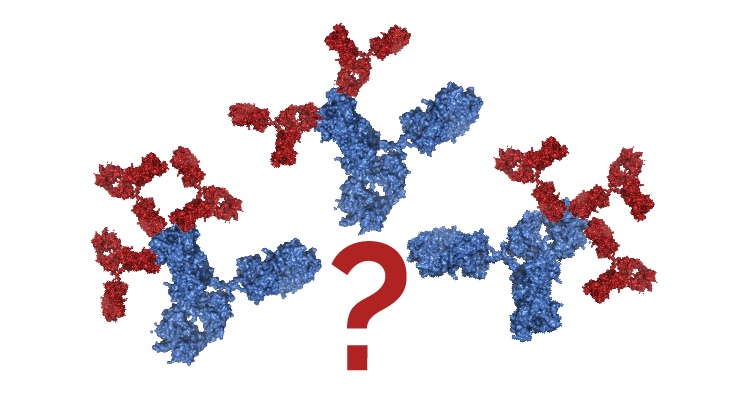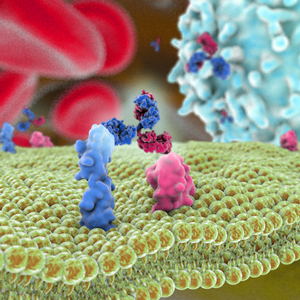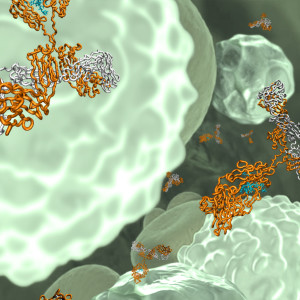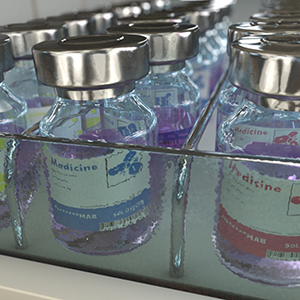 All webinars in our Antibody Validation series are now On Demand!
All webinars in our Antibody Validation series are now On Demand!
Tool antibodies are the dominant affinity reagent for proteomics in cell biology, reflected by the over 4.5 million antibodies that are commercially available. Distinct from therapeutics or diagnostics, tool antibodies tend to be poorly characterized. This is echoed by many reports of catastrophic specificity, activity, identity and reporting deficits involving such reagents.
Nevertheless, biological sciences remain highly dependent on them.
In a 10-part series, aimed especially at those beginning a career in biological sciences,The Antibody Society has invited leaders in antibody research from industry and academia to reflect on antibody validation. They paint a uniformly alarming picture of inadequacies at many levels – which encourages users to be highly aware of the consequences of inadequate tool antibody validation, which threaten their biological endeavors.




